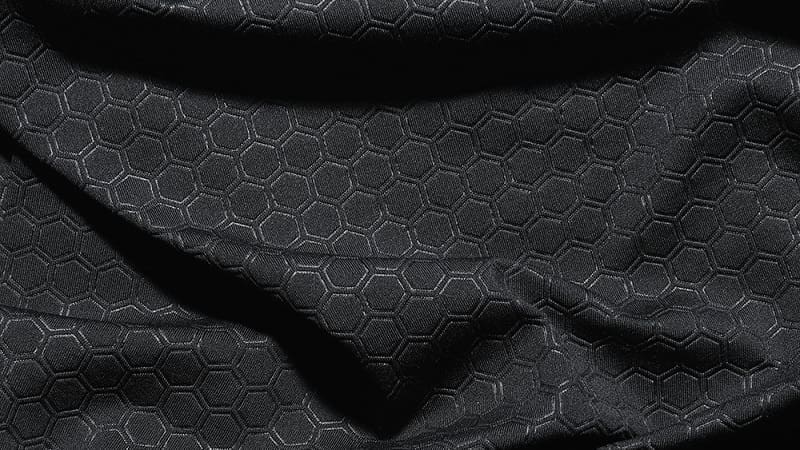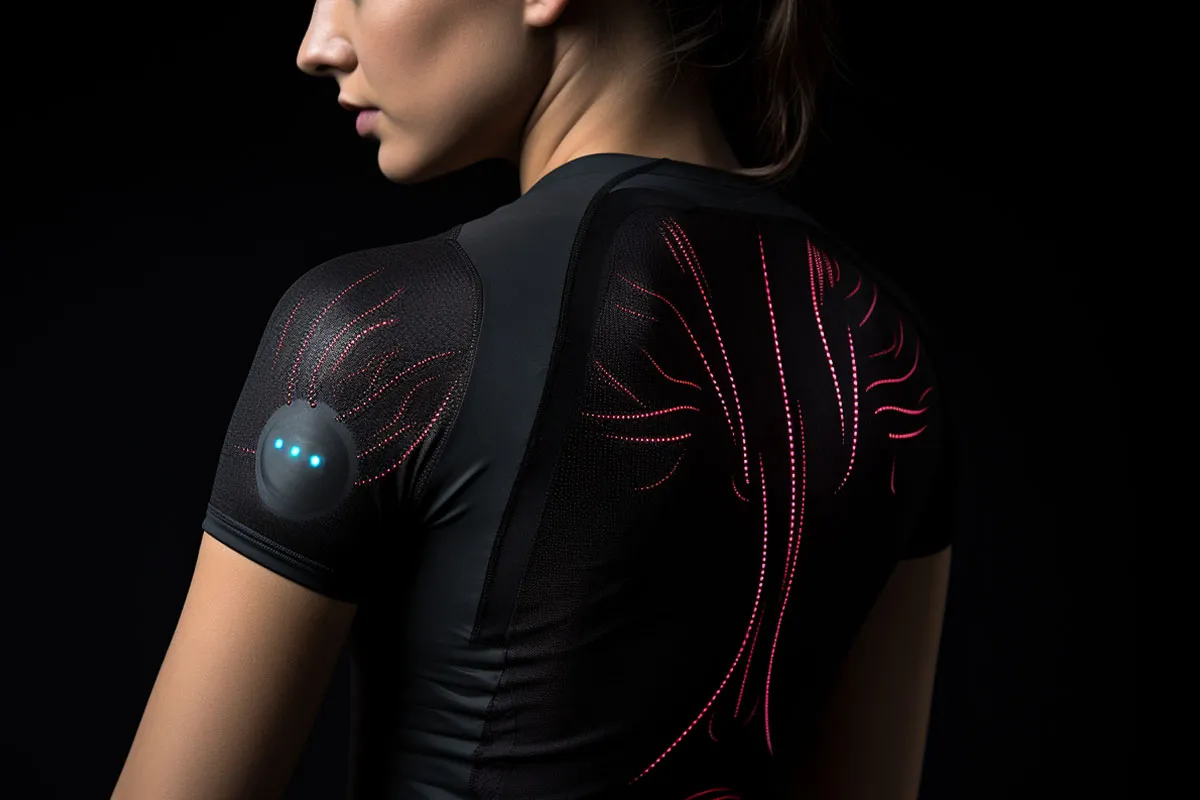
Milind K
Marketing Manager
Prophecy Market Insights
&
Santosh Bhul
Content Lead
The textile and apparel industry is experiencing a revolutionary transformation because of the innovations in fabric technology that are rapidly transforming the way in which clothes or textiles are designed, manufactured, and consumed. The innovations in fabric technology are changing the way people approach functionality, environmental impact, and fashion across the globe.
What is Fabric Technology Innovation?
Fabric technology is the process in which new materials and processes are developed to improve the functionality, performance, and sustainability of textiles. It includes everything from high-performance sportswear fabrics to eco-friendly manufacturing strategies, along with the addition of knowledge from different fields, including engineering, environmental science, and material science. The demand for fabrics has been increasing rapidly due to surging consumer expectations. The fabrics produced using the fabric technology are expected to offer better comfort, performance, sustainability, and durability.
According to a report on AI in the Textile Market by Prophecy Market Insights, the valuation of the market is expected to reach USD 22.5 billion by 2035 and is currently growing at a CAGR of 24.8%. In the year 2024, the market AI in the textile market size accounted for USD 3.0 billion 2024.
Impact of AI on Fabric Technology Innovation in the Textile Industry

Artificial intelligence (AI) is substantially transforming the global textile industry by decreasing waste, improving manufacturing efficiency, and enabling personalised design, quality control enhancement, and supply chain management optimisation. This will allow the leading players in the market to create better customised products and also respond to market trends easily while contributing to sustainable practices. The AI-driven quality control integrated with ML (machine learning) algorithms can help producers detect errors faster, further improving efficiency and accuracy.
Need For Innovation in Fabric Technology
The apparel and textile industry is one of the biggest industries across the globe. The industry is witnessing high demand for innovation globally due to the increasing concerns related to climate change, overconsumption, and sustainability. The fabric technology helps in creating new possibilities for:
Sustainability:
The textile manufacturing is one of the major contributors to the environmental damage globally. The traditional method of fabric production mainly impacts ecosystems, from chemical-heavy dyeing production processes to water-intensive cotton farming. The main aim of fabric technology innovation is to mitigate these challenges by offering sustainable alternatives, including biodegradable fibers, waterless dyeing technologies, and plant-based fabrics. These innovations help in decreasing carbon footprints, further making the sector more eco-friendly.
Functionality:
The expectations of consumers from their clothing are rising aggressively worldwide. Due to this, there is a high demand for performance fabrics that can help regulate body temperature, block UV rays, and resist water. These advancements in technology are now providing consumers with practical benefits for outdoor and daily wear.
Consumer Experience:
The fabric technology is also responsible for revolutionising the consumer experiences by offering smart textiles as they can easily adapt to changing environments, can respond to user commands, and also monitor health metrics. These textiles or fabrics are comprised of electronic components and sensors to improve the functionality of clothing, further enhancing a new wave of wearable technology.
Latest Innovations in Fabric Technology Innovations in the Textile Industry

- Breathable Fabrics: Breathable fabrics have now become the much-needed clothing for people because of their comfort and functionality. The technological innovations have opened doors to advanced weaving techniques that improve the breathability of textiles. The fabrics are integrated with micro-ventilation patterns to ensure that the wearer is comfortable even in the most demanding conditions.
- Smart Fabrics: The combination of textiles and technology has raised the era of smart fabrics. These include the ability of fabrics to monitor health metrics of the people embedded with the wearable technology.
- Sustainable Manufacturing: Advancements in technology are boosting sustainable manufacturing practices. These innovations resonate with the consumer base and also provide solutions to environmental concerns.
Latest Developments in the Fabric Technology Field
There are several companies that are working tirelessly to introduce new and innovative fabric production technologies across the globe. Some of the latest developments introduced by the leading companies in the industry are:

- Directa Plus, a leading company in the field of graphene-enhanced fabrics, has developed Graphene Plus, a fabric produced using graphene. Grapehene is a single layer of carbon atoms, which are arranged in a two-dimensional lattice. Graphene has exceptional flexibility, strength, and conductivity.
- Stella McCartney and Adidas have recently partnered to expand the limitations of their sustainable fabric technology. These major players in the textile and apparel industry are focusing on developing textiles from biodegradable fabrics and materials produced using plant-based sources, such as seaweed, mushrooms, and algae.
- Under Armour, a world-leading athletic wear brand, has recently invested in fabric technology innovations that integrate smart technology and performance. The company has created a new smart clothing line, like its UA Record Equipped clothing, which comprises of sensors that track temperature, sweat levels, and temperature. These smart fabrics have been a part of the rising wearable technology trend, which increasingly integrates with the daily lives of wearers. This new line of clothing highlights the integration of fabric technology and IoT (Internet of Things) that improve people’s lifestyles and fitness.
- Wrangler introduced a technology known as Indigo Dye Technology, a denim dyeing technology that decreases water usage while producing denim. This new innovation helps in eliminating the need for water in the dyeing process as it uses a laser to apply indigo colour directly to the fabric. The technology also helps in decreasing the environmental impact of denim production.
- Bolt Threads, a leading fabric producer, has developed Mylo, a sustainable alternative to animal leather. Mylo is manufactured by developing fungal mycelium in a restricted environment. This technology offers easy production of sustainable fabrics, which can be manufactured in different ways that copy the natural growth processes.
Innovative Ideas Shaping the Fabric Technology Future
There is a high potential for innovation in fabric technology in the future. Some of the potential innovative ideas for fabric technology innovations include:
- Self-Healing Fabrics
Self-healing fabrics are textiles or clothes that have the ability to heal themselves from minor damages or punctures. Researchers across the world are exploring the use of materials, such as nanoparticles and liquid metals, to produce self-healing fabrics or textiles. This innovation in the industry can help in reducing the high need for replacements and further contribute to sustainability.
- 3D-Printed Textiles
The 3D-printed textiles technology helps manufacturers to print textiles in a layer-by-layer process for the production of customised garments, which fit the wearer perfectly and are produced using sustainable materials.
- AI and ML (Machine Learning in Fabric Design)
Many major textile companies across the globe have started using AI and ML in their textile production processes by analysing the properties of textiles and consumer preferences. AI mainly help designers in creating innovative fabrics that meet specific performance criteria, along with decreasing waste and optimising production processes.
Conclusion
The fabric technology innovation is going to transform the textile industry in the upcoming years in many ways, which include sustainability, performance improvements, and advancements in fabric technology, providing better opportunities for consumers, manufacturers, and designers globally. In the future, we can hope to witness the creation of a more sustainable, smart textile and efficient ecosystem meeting the growing demands worldwide.

